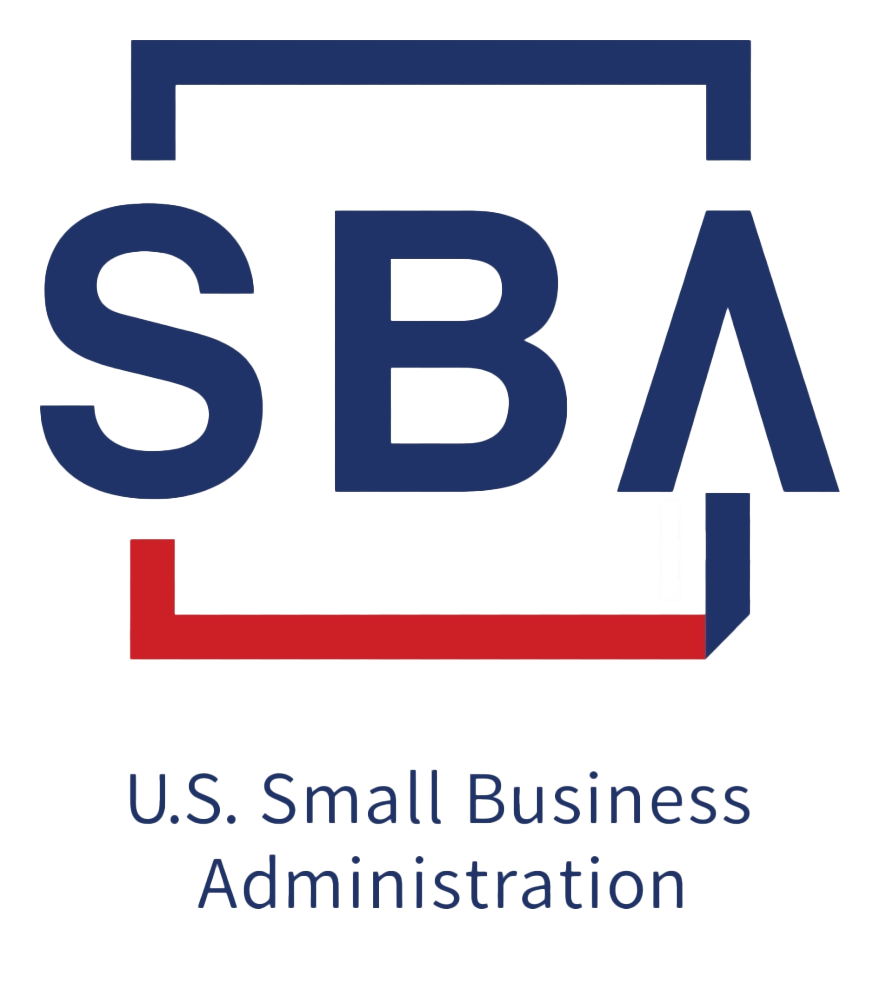Program Summary
The Rural Jump-Start Program was designed to help rural Colorado communities attract new businesses by providing tax incentives, grants, and job creation benefits for entrepreneurs. This program is a collaborative effort involving the state, local governments, colleges, and economic development groups to encourage businesses to start or relocate to economically distressed areas in Colorado, known as Rural Jump-Start zones, and to create new jobs.
Learn More About The Rural Jump-Start Grant Program
FAQs
Conclusion
The Colorado Rural Jump-Start Program provides a unique opportunity for new and relocating businesses to receive cash grants and tax benefits by establishing their presence in the state’s rural areas.
Recently reauthorized by the State, the program will continue to offer grant funding until July 2025, and tax incentives will remain available through January 2031. The required collaboration with local governments and sponsoring entities aims to create a stronger network of economic support for small businesses throughout Colorado.
The OEDIT team is an excellent source of assistance and information. Be sure to review the full Rural Jump-Start Program details on the OEDIT website and reach out to Morgan Vankat, the Rural Jump-Start and Skill Advance Program Manager, for any specific questions.


